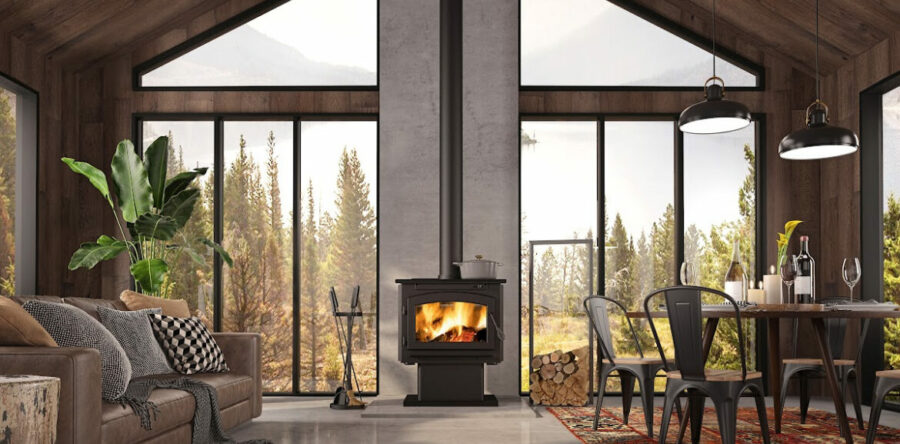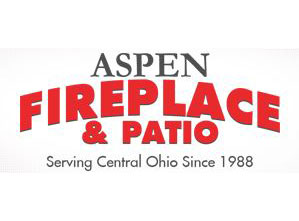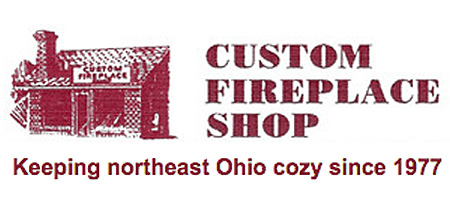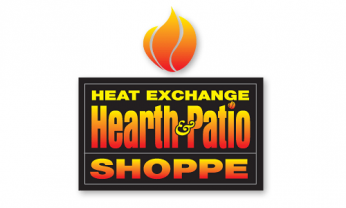A hearth pad is “heat protection for your floor”. It’s a specific, dedicated, non-combustible surface that’s installed under and around all four sides of a wood-burning stove. Its purpose is two-fold. First, any hot sparks or burning embers that may pop out the appliance will fall harmlessly on the hearth pad and burn out. And secondly, a hearth pad can protect the wood subfloor from excessive heat.
A hearth pad can be an interesting feature in your living room décor. It can blend with the color and style of your stove and will accent your appliance, but it must be made from something that cannot burn. Most popular materials are tile, slate, natural stone or brick.
Today’s EPA certified stoves burn cleaner than ever. Based on individual stove models, safety standards and building codes require the hearth pad to provide sufficient thermal protection. Because of the extremely high temperatures, a homemade hearth pad might not adequately protect the subfloor beneath your stove.
There are two types or levels of protection, based on the stove manufacturer’s requirements. A Type 1 hearth pad requires only protection from burning embers. Any non-combustible material will comply. It would probably look quite tacky, but even a large piece of thick sheet metal will fulfill this requirement!
Ember protection will not stop heat from burning the floor beneath the stove. The heat coming off the bottom and the sides of the stove can actually pass through a Type 1 pad and overheat the subfloor. A Type 2 hearth pad will prevent that heat from reaching the subfloor.
Type 2 hearth pads need a minimum protection of an R-value of 1.0 or more. Pads built with a material such as a micore mineral fiber board can provide a specific R-value to the hearth. Raising a Type 1 pad off the floor with a pedestal base built from metal studs is another way to get a higher R-value. The dead air space between the pedestal and the floor will offer an effective R-value. If you’re interested, the UL Standard for this information is UL 1618.
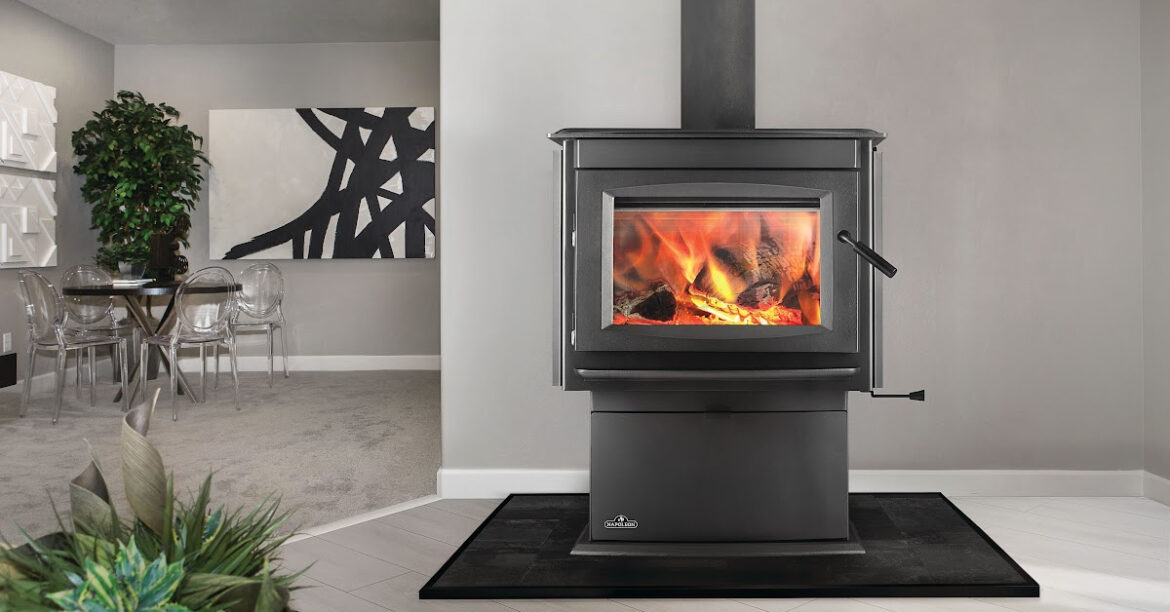
Wood Stove S Series by Napoleon
Final Considerations
It is critical to check the hearth or flooring requirements in the owner’s manual of your stove to ensure the proper protection is in place. The stove’s manual will state the type of floor protection that’s necessary. The manual will also specify the minimum size of the hearth pad and the minimum clearance requirements for the stove.
Remember that “more is always better” when it comes to clearance requirements and the size of the hearth underneath your stove. And, if you have “more” hearth, you’ll have plenty of room for a tool set, a wood rack, gloves and kindling. A larger hearth will protect more floor space and will make clean-up much easier, too.
To make things much easier and to take the work out of all of this, your WE LOVE FIRE® dealers offer various sizes of Type 1 and Type 2 hearth protection pads. There are loads of colors to suit your decorating scheme and still comply with the requirements from the stove manufacturer.
What about the space in front of your fireplace, does that need floor protection, too? Yes, they do and Type 2 hearth extensions for fireplace applications are readily available.
Most pellet stoves require a Type 1 hearth. Details for the size of the hearth for your model will be spelled out in the owner’s manual.
Since we’re on the subject, it’s also worth mentioning that many of today’s gas stoves do not require a hearth pad. It’s perfectly safe for them to be installed on a hardwood or laminate floor. But again, always check the owner’s manual for the requirements for your specific model.
